Choosing the Right Substrate for Your Tarantula Terrarium
Creating the perfect habitat for your tarantula involves more than just a cage; the substrate you choose plays a crucial role in your pet’s health and well-being. Substrate is the material that forms the bottom layer of your tarantula’s terrarium, providing a surface for it to walk on, burrow in, and generally interact with its environment. Selecting the appropriate substrate is essential for replicating the natural environment of your tarantula, which in turn can impact its molting cycle, hydration, and overall happiness. With so many options available, choosing the right substrate can feel overwhelming. This guide will break down the key considerations and offer practical advice to help you create an optimal living space for your eight-legged friend.
Why Substrate Matters for Tarantulas
The substrate serves numerous vital functions within a tarantula terrarium. Firstly, it acts as a physical medium that allows tarantulas to burrow and create shelters, mirroring their natural behavior. Secondly, a good substrate helps to regulate humidity levels, which are critical for tarantulas to successfully molt. Without sufficient humidity, molting can become problematic, leading to health issues or even fatalities. Furthermore, the substrate can act as a shock absorber, cushioning falls and minimizing the risk of injury. A well-chosen substrate can also assist in waste management, absorbing excrement and helping to control odors. Essentially, the substrate is far more than just a bottom layer; it’s an integral part of the tarantula’s ecosystem within its enclosure.
Benefits of Proper Substrate
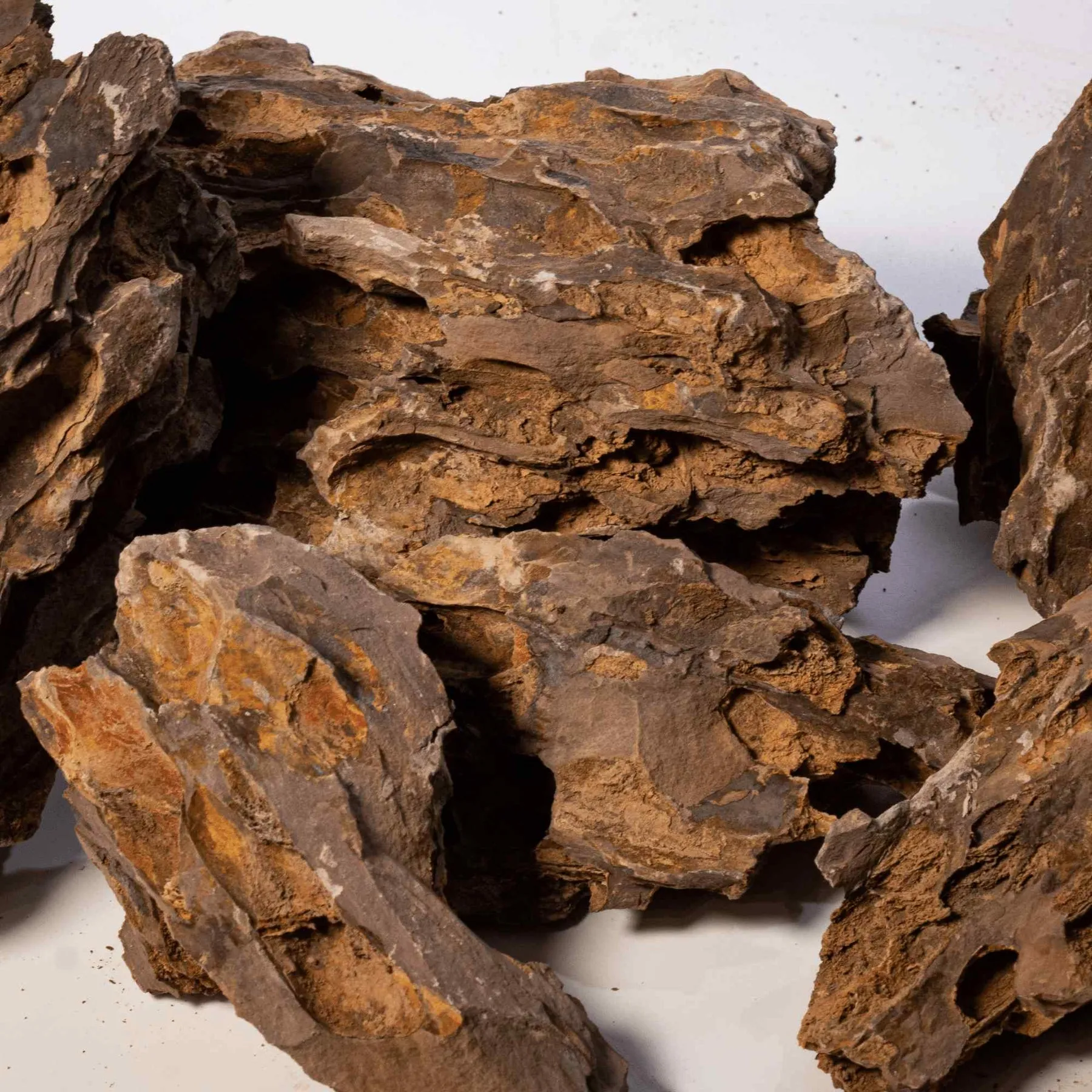
Using the right substrate provides a multitude of advantages for your tarantula. It ensures optimal humidity levels, which are crucial for successful molting and overall health. A suitable substrate also encourages natural burrowing behaviors, enriching the tarantula’s environment and reducing stress. Proper substrate supports efficient waste management and reduces the risk of bacterial and fungal growth, creating a healthier environment. Moreover, by replicating the tarantula’s natural habitat, the correct substrate helps to meet its behavioral needs, leading to a happier and less stressed pet. Ultimately, selecting the right substrate is an investment in your tarantula’s longevity and well-being.
5 Tips for Selecting Tarantula Substrate
Tip 1 Consider Tarantula Species
The first step in choosing the right substrate is considering the species of your tarantula. Different species have different habitat requirements. For example, terrestrial tarantulas, which live on the ground, often prefer a substrate that allows for burrowing, such as a mix of coconut fiber and soil. Arboreal tarantulas, which live in trees, may prefer a substrate that retains less moisture and offers a surface to climb on. Researching the natural habitat of your tarantula species will provide insight into the ideal substrate type, humidity levels, and overall environment needed for optimal health and well-being. Ensure that the substrate you choose closely aligns with the species’ natural needs, as this will directly impact the success of keeping your tarantula healthy and happy. Image: tarantula-terrarium-setup.webp
Tip 2: Moisture Retention and Humidity
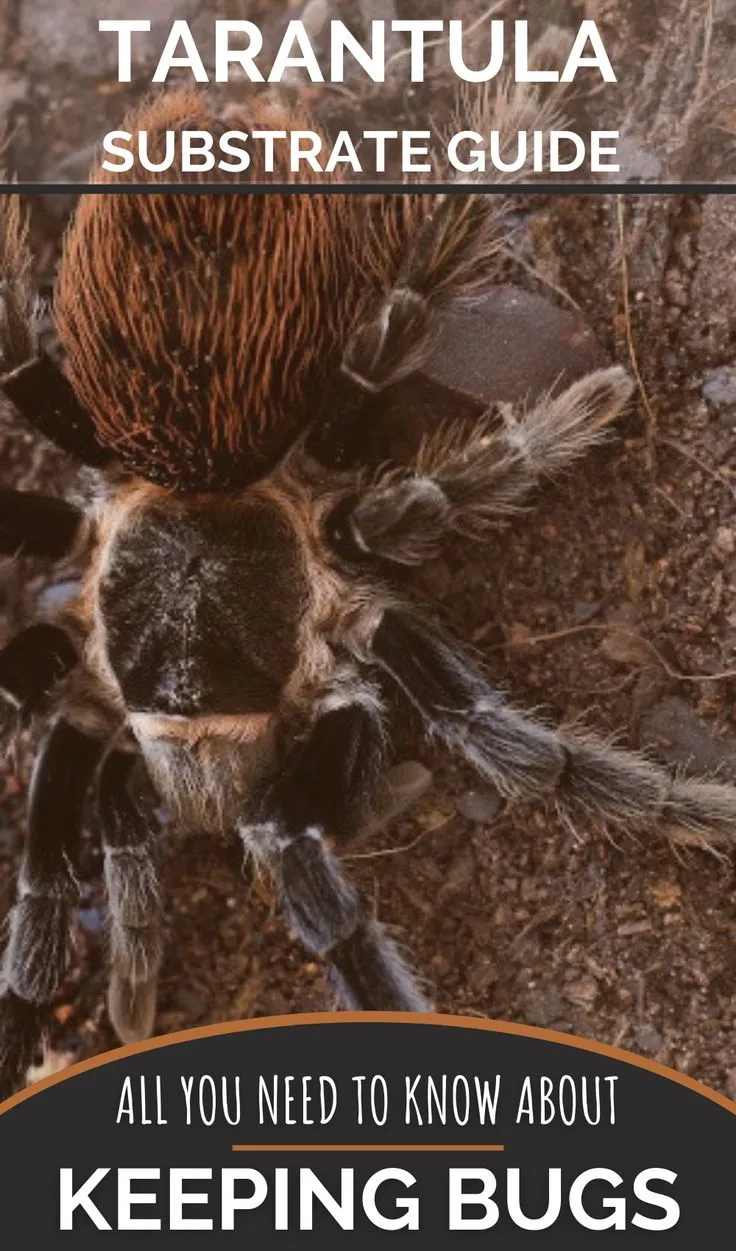
Humidity is a critical factor in a tarantula’s environment, particularly during molting. The substrate’s ability to retain moisture directly impacts the humidity levels within the terrarium. For species that require high humidity, substrates like coconut fiber and peat moss are excellent choices, as they hold water well and release it gradually. You can monitor humidity levels using a hygrometer. Regular misting and the occasional watering of the substrate are essential to maintain the required humidity. Conversely, if your tarantula species prefers a drier environment, selecting a substrate that doesn’t retain as much moisture, such as a mix of sand and soil, becomes important. The goal is to create a balanced environment that meets the specific humidity needs of your tarantula, preventing issues like failed molts or dehydration. Image: tarantula-hydration.webp
Tip 3: Substrate Depth and Burrowing
The depth of the substrate is another crucial consideration, especially for species that burrow. Terrestrial tarantulas often require a substrate depth equal to or greater than their leg span to allow for the creation of secure and comfortable burrows. A deeper substrate provides more stability for burrows and helps to regulate humidity. For arboreal species or those that do not burrow, a shallower substrate may suffice. Regardless of the species, the substrate should be deep enough to provide a safe space for the tarantula. Always consider your species’ natural behaviors and adjust the substrate depth accordingly. This creates a naturalistic and engaging environment, enhancing the tarantula’s well-being and providing essential enrichment opportunities. Image: tarantula-substrate-depth.webp
Tip 4: Substrate Safety and Toxicity
Safety is paramount when selecting substrate. Always avoid substrates that may contain harmful chemicals, pesticides, or other toxins. The substrate should also be free of sharp objects that could potentially injure your tarantula. Some materials, such as treated wood or certain types of soil, may pose risks. Thoroughly research the substrate options and opt for products specifically designed for reptile or invertebrate use. Consider the potential for mold growth, as some substrates are more prone to this issue than others. Also, ensure that the chosen substrate does not compact excessively, as this can hinder burrowing and potentially suffocate the tarantula. Always prioritize the health and safety of your tarantula above all else. Image: tarantula-healthy.webp
Tip 5: Aesthetic Appeal
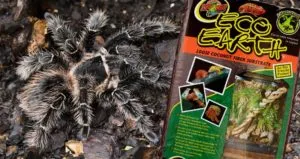
While functionality is crucial, the aesthetic appeal of the substrate can also influence your tarantula’s enclosure. The substrate forms the backdrop of your terrarium. It is where your tarantula will spend most of its time. The right substrate can enhance the overall look and feel of the enclosure, mimicking the tarantula’s natural habitat and creating a visually pleasing environment. However, never compromise the health or safety of your tarantula for aesthetics. Choose substrates that are both attractive and functional, prioritizing those that support your pet’s needs while also complementing your personal style. Consider naturalistic elements, such as adding leaf litter or cork bark, to create a more enriching and visually stimulating environment for both you and your tarantula. Image: tarantula-burrowing-substrate.webp
Top Substrate Options for Tarantula Terrariums
Coconut Fiber
Coconut fiber, also known as coco coir, is a popular substrate choice for tarantulas. It’s made from the husks of coconuts and is readily available, affordable, and easy to use. Coconut fiber excels at retaining moisture, making it an excellent option for species that require higher humidity levels. It also provides a good surface for burrowing. Look for compressed bricks or loose fiber, expanding it with water before use. Ensure the coconut fiber is rinsed thoroughly to remove any dust or salt. It is a good choice for beginner tarantula keepers due to its ease of use and ability to maintain humidity.
Pros and Cons of Coconut Fiber
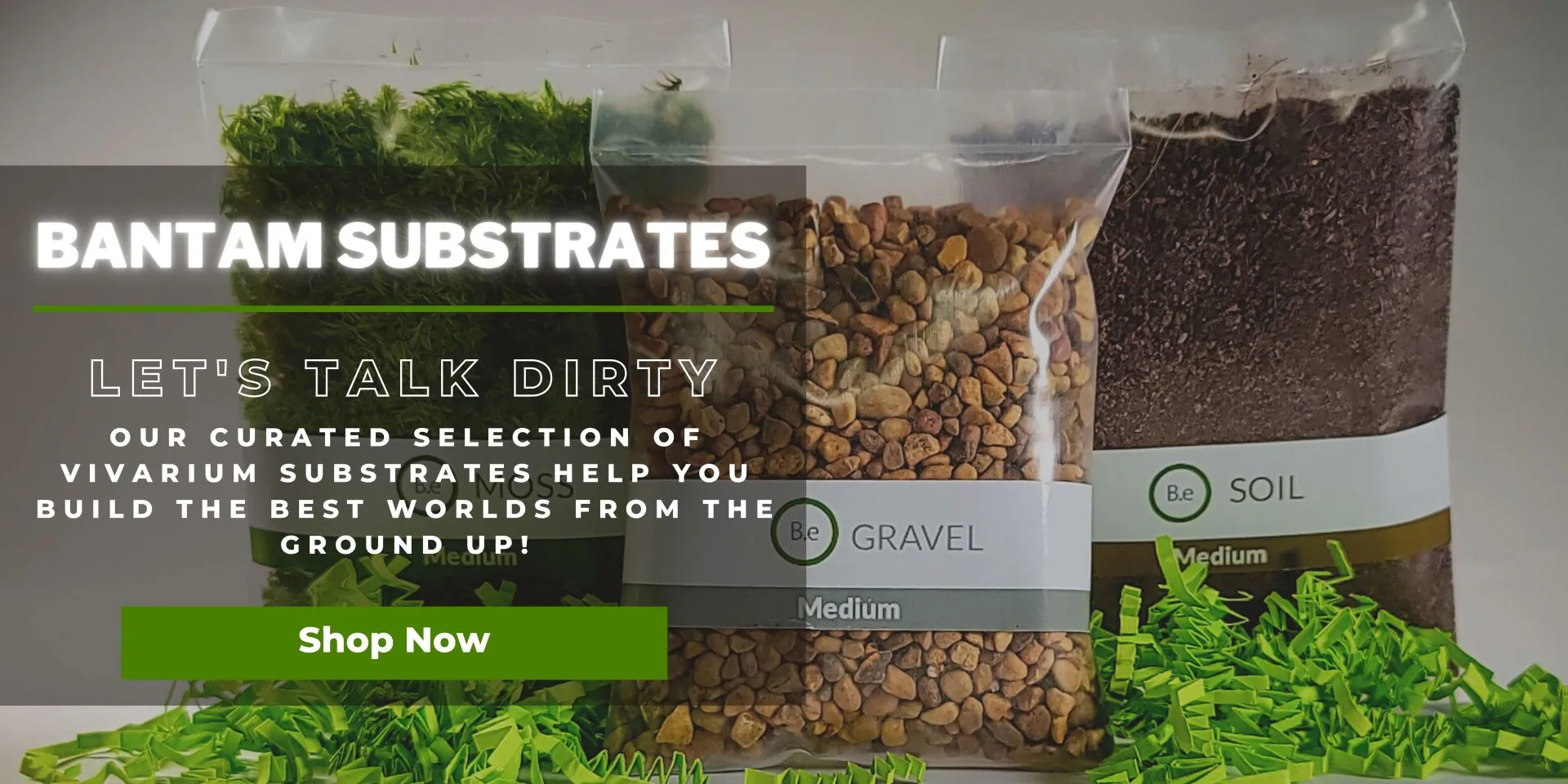
- Pros: Excellent moisture retention, good for burrowing, readily available, relatively inexpensive.
- Cons: Can be dusty, may mold if overwatered, requires pre-wetting.
Peat Moss
Peat moss is another common substrate that provides good moisture retention and slightly acidic conditions, which can be beneficial for some tarantula species. It is made from partially decayed plant matter, often harvested from bogs or wetlands. Peat moss retains moisture well and is effective at controlling odors. However, it can sometimes compact and may not be ideal for burrowing species unless mixed with other substrates. Be mindful of the source of peat moss, as its harvesting can raise environmental concerns; opt for sustainably sourced options. Peat moss is suitable for many tarantula species but requires regular monitoring to prevent excessive moisture build-up.
Pros and Cons of Peat Moss
- Pros: Excellent moisture retention, good odor control, slightly acidic.
- Cons: Can compact, may not be ideal for burrowing alone, potential environmental concerns.
Soil Mixes
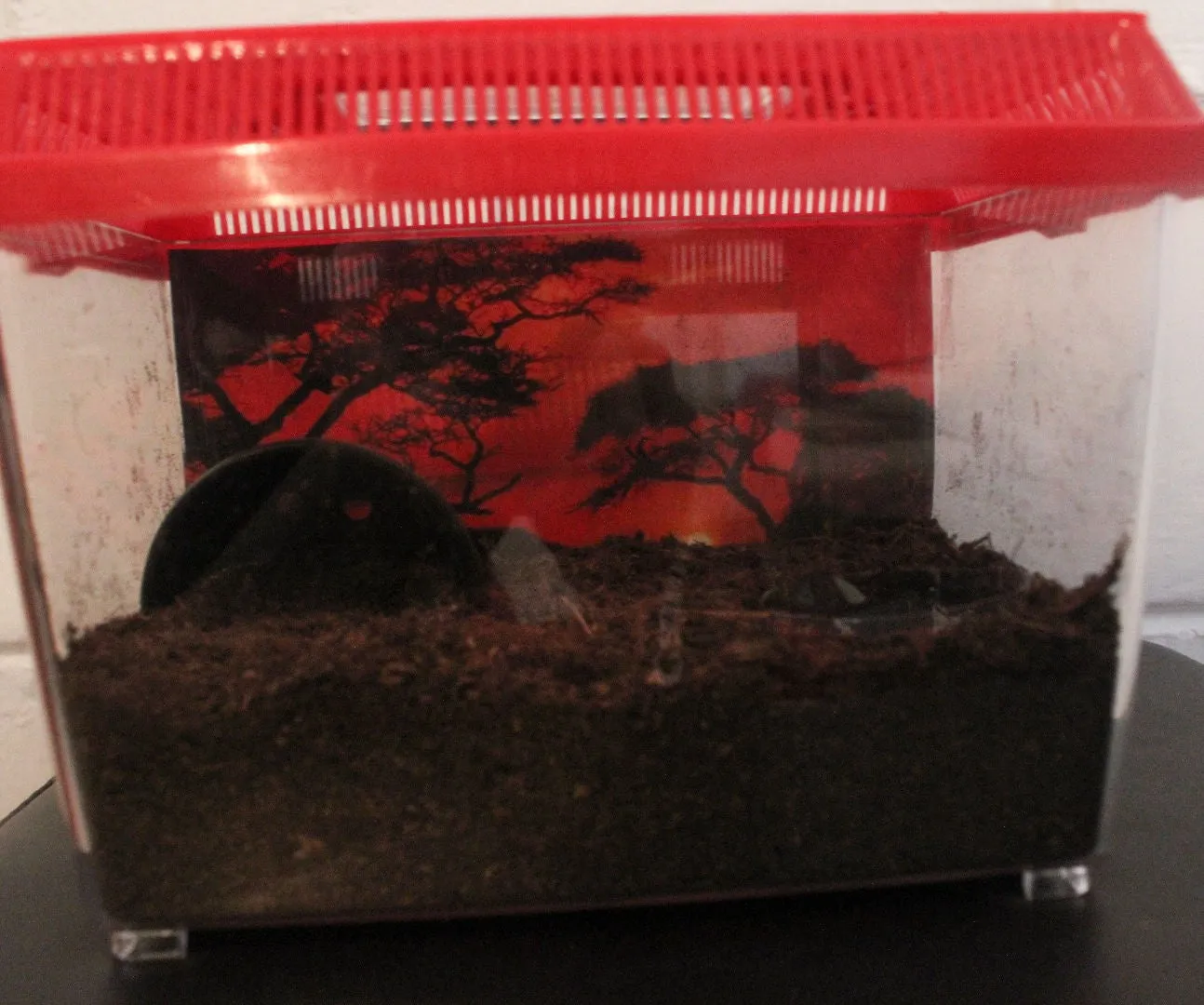
Many tarantula keepers opt for a soil mix, often consisting of a blend of ingredients like topsoil, sand, and peat moss. A soil mix can provide excellent drainage, while also providing excellent burrowing potential. The composition should be tailored to the tarantula species’ needs, with adjustments made to humidity and drainage accordingly. When using a soil mix, ensure the soil is free from fertilizers, pesticides, and other harmful chemicals. Sterilizing the soil before use can eliminate any potential pests or pathogens. Soil mixes offer a naturalistic look and feel. They often enhance the environment’s naturalism, creating a more enriching and suitable habitat. Image: tarantula-substrate-options.webp
Pros and Cons of Soil Mixes
- Pros: Excellent for burrowing, good drainage when mixed with sand, creates a naturalistic environment.
- Cons: Requires careful preparation to ensure it’s safe, may need to be sterilized, drainage can be a challenge if not mixed properly.
Other Substrate Options
Vermiculite

Vermiculite is a mineral that can be used as a substrate, primarily for its moisture-retaining properties. It’s often mixed with other substrates to improve humidity levels. While vermiculite is non-toxic and can be beneficial for some species, it can sometimes be too absorbent, potentially leading to over-moist conditions if not managed properly. It is best used as a component of a mixed substrate rather than as the sole substrate. Ensure that the vermiculite you use is specifically designed for reptile or invertebrate use and free from any additives or harmful chemicals.
Sphagnum Moss
Sphagnum moss is another popular option, particularly for increasing humidity in the terrarium. It is a natural product known for its exceptional ability to retain moisture and can be placed in a corner or over the substrate to help maintain humidity levels. Sphagnum moss can also serve as a safe place for the tarantula to hide and explore. While it is generally safe, be sure to rinse the moss thoroughly before using it to remove any debris. Regularly monitor the moss for mold growth, and replace it if necessary. Sphagnum moss is a great supplement to other substrates.
Maintaining and Replacing Tarantula Substrate
How Often to Change the Substrate
The frequency of substrate changes depends on several factors, including the type of substrate, the size of the enclosure, and the number of tarantulas housed. As a general rule, it’s advisable to spot-clean the substrate weekly, removing any uneaten food, feces, or other debris. For most substrates, a complete change every six months to a year is usually sufficient. However, it is crucial to monitor the substrate for signs of contamination, mold, or excessive moisture. Always remove and replace the substrate if it becomes excessively dirty or shows signs of bacterial or fungal growth. Regular maintenance ensures a healthy and safe environment for your tarantula. Image: coconut-fiber-tarantula.webp
Signs of Contaminated Substrate
Identifying the signs of contaminated substrate is crucial for your tarantula’s health. Look out for visible mold growth, a foul odor, or excessive moisture that does not dissipate. The presence of insects or mites, which can thrive in a contaminated environment, is also a red flag. If you notice any of these signs, remove and replace the substrate immediately. Inspect your tarantula for any signs of illness, such as lethargy or loss of appetite, as these could be related to the poor substrate conditions. Regular observation and prompt action can prevent serious health problems and ensure the well-being of your tarantula. Image: tarantula-substrate-options.webp
Conclusion
Choosing the right substrate for your tarantula terrarium is a key aspect of responsible pet ownership. By considering your tarantula’s species, humidity needs, burrowing behaviors, and safety concerns, you can create an ideal environment that supports their health and encourages natural behaviors. Regular maintenance, including spot-cleaning and periodic substrate changes, will help maintain a clean and healthy habitat. By following these guidelines, you can provide your tarantula with a comfortable and enriching home, promoting its well-being and allowing you to enjoy the fascinating world of tarantula keeping for years to come. Remember, the substrate isn’t just the ground your tarantula walks on—it’s the foundation of its world.
